The blog post Paracord Knots and Hitches | How To Make Paracord Hitches is courtesy of http://totalsurvival.net
Paracord knots are one of the most useful skills you need to know as a self-reliance connoisseur. Also, parachute cord, or paracord, is a must-have item for preppers and those living off the grid.
There are different paracord knots and hitches you can learn to make life easier. Knots are used to bind ropes to other ropes, while hitches are for binding ropes to objects. As a DIY survivalist, here are the most important paracord knots and hitches you need to know.
Useful Paracord Knots and Hitches: Guide for Survival
Supplies You Need:
- Paracord (Parachute Cord)
- 1 Screw eyelet (for practicing)
- 1 PVC pipe or other straight bar (for practicing)
The Two Half-Hitches
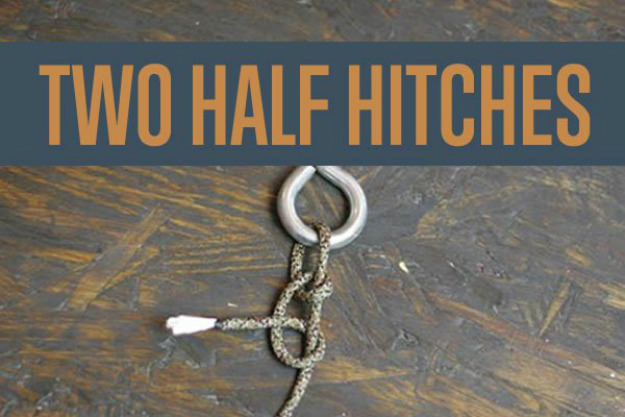
The two half-hitches is part of a group called “binding hitches.”. It is often used in situations when you don't want or need to quickly undo your hitch. Others refer to two half-hitches as “clove hitch over itself.”
Step 1: Thread the paracord through the eyelet
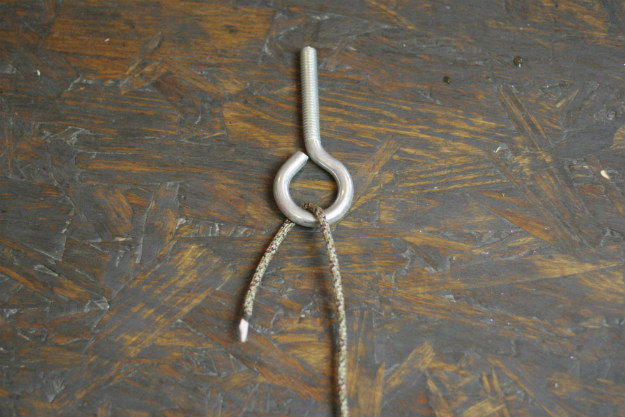
You can use anything to practice these knots on, but open eyelets are an easy practice tool to use.
Step 2: Wrap the paracord around the outside and through the loop that it makes
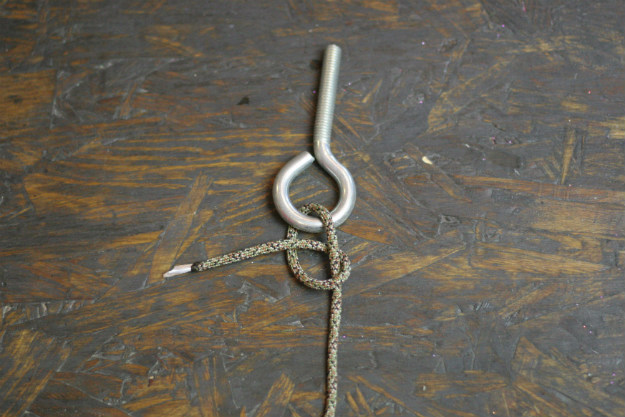
Use a simple overhand knot for this step.
Step 3: Repeat Step 2
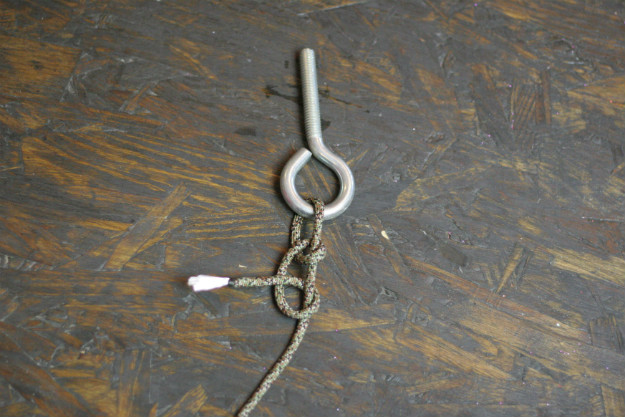
Tie another overhand knot.
Step 4: Pull tight
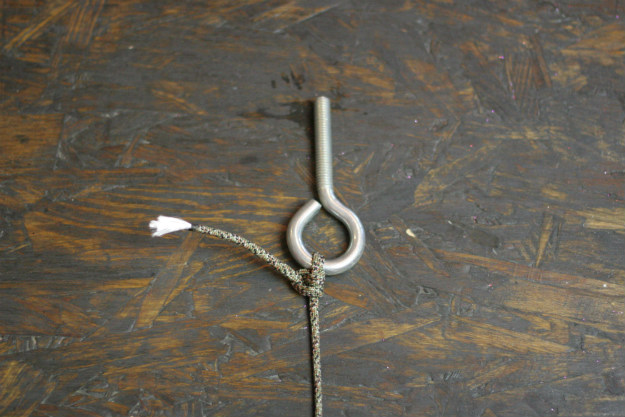
Once weighted, the two half-hitches is tight. It's simple, but it can be quite difficult to untie, especially with thinner rope and paracord.
The Tautline Hitch
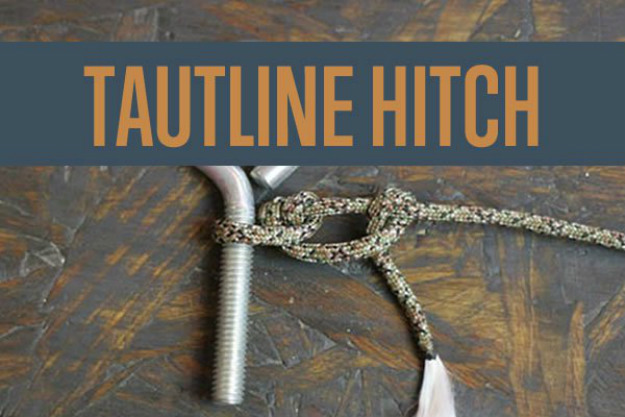
Unlike the two half-hitches, the tautline hitch is easy to untie. When it is not weighted, you can easily adjust its placement on your line. This makes it an ideal hitch for lashing down your tent or tarp. It is also useful in situations where you need to adjust the length of your line.
Step 1: Encircle the paracord around the pin and behind itself
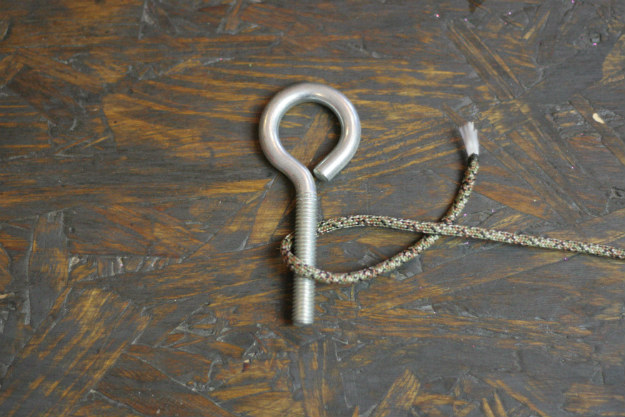
Step 2: Wrap the paracord over itself and through the loop two times
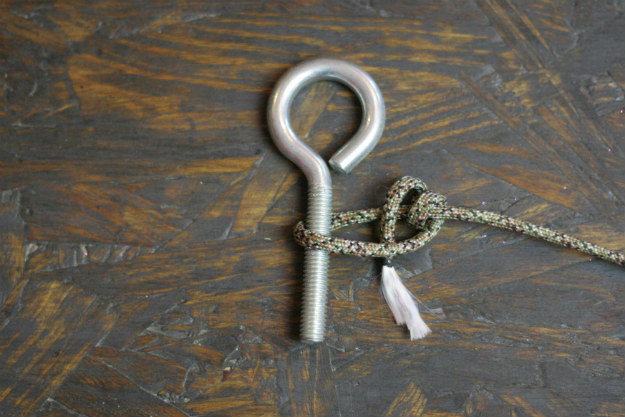
Step 3: Repeat Step 2 (but only once)
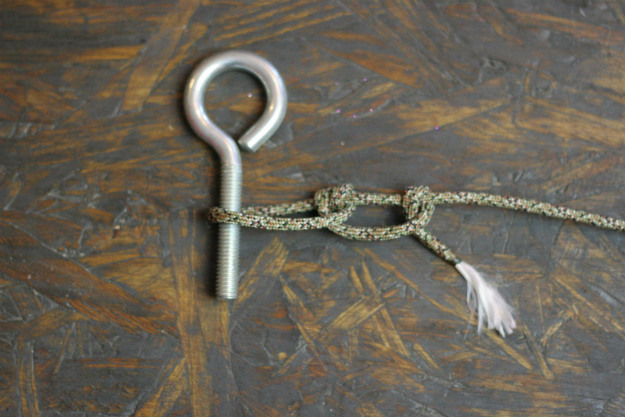
Do this step behind (or in this picture, to the right of) the two other loops. This knot allows you to adjust the length of the paracord.
With the tautline unweighted, slide your hitch up and down the line. It should move without restrictions. Pull your paracord tight to cinch it in place on the line.
The Slippery Hitch

The slippery hitch is ideal for situations when you need to untie your hitch fast. When fastened over an object, the hitch holds strong. But once the object is removed, a simple tug on the paracord will undo it.
Step 1: Make two loops in your line (inverse to each other)
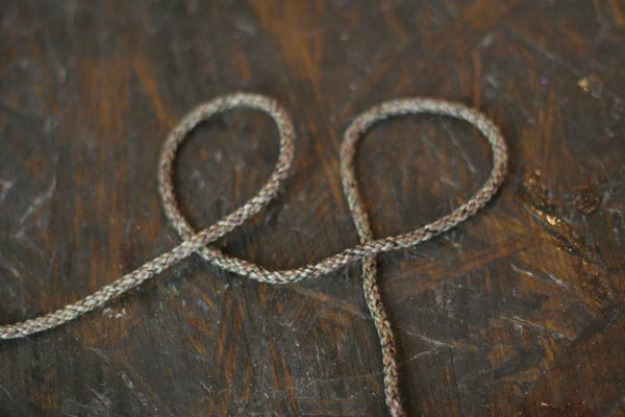
This is what inverse loops look like.
Step 2: Thread the left loop through the right loop
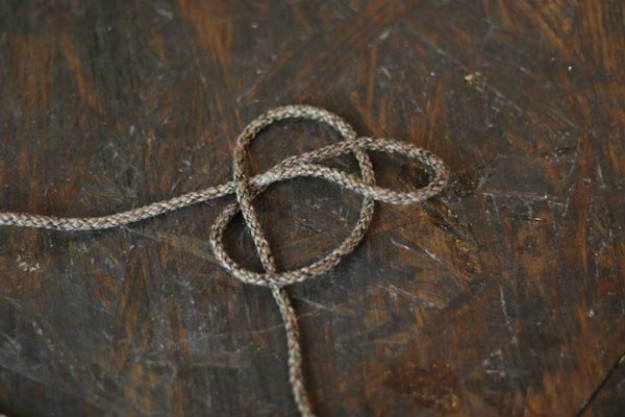
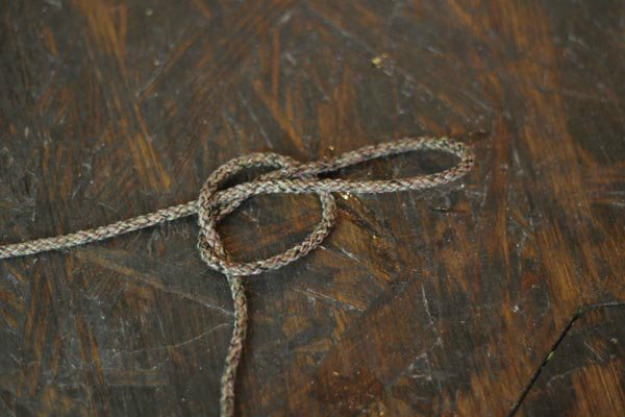
This is how your paracord should look like.
Step 3: Pull the right loop tight
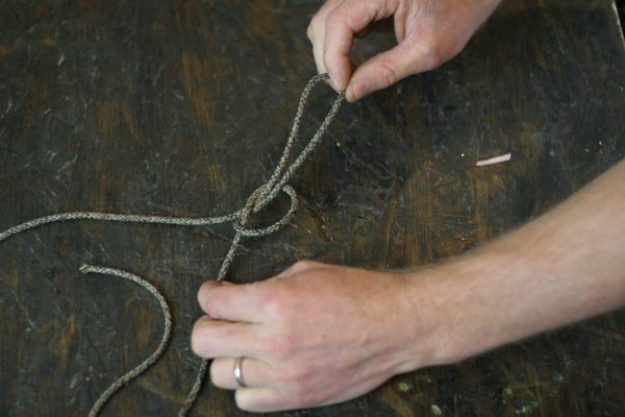
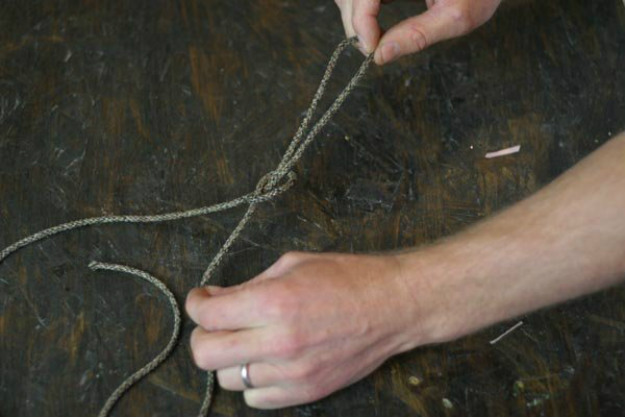
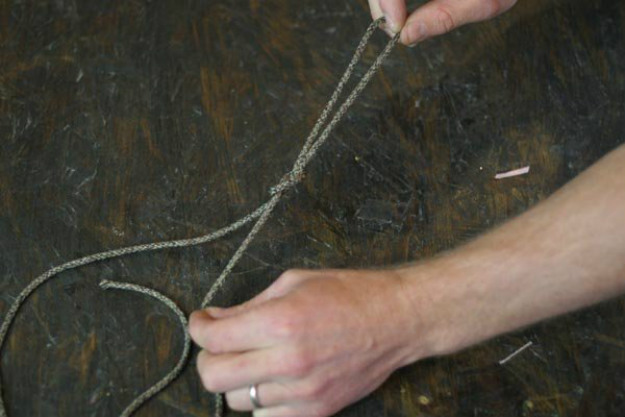
Step 4: Fasten the remaining loop on your object
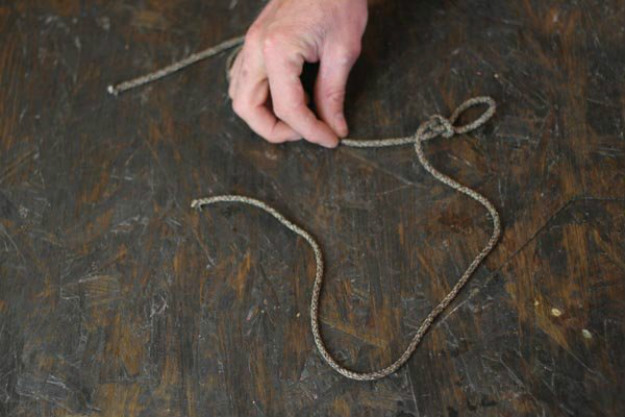
When weighted, the loop will tighten up over the object.
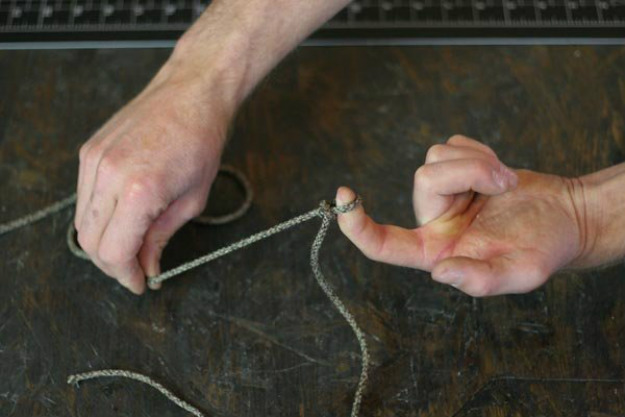
Step 5: To unfasten to the object, take the loop off
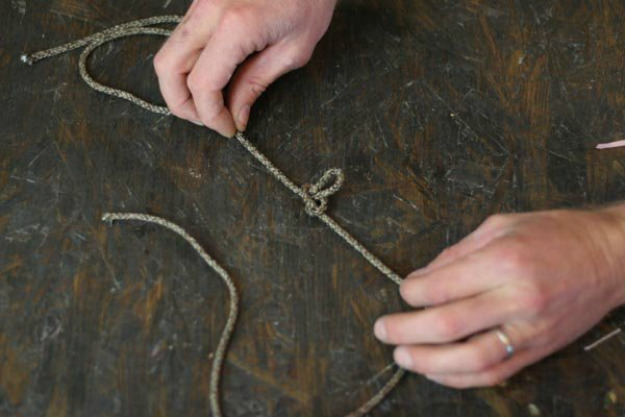
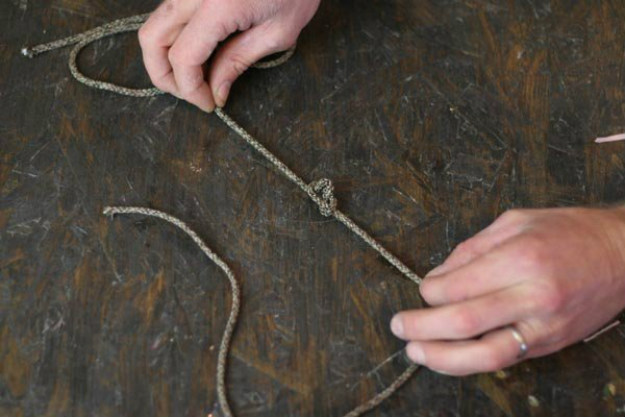
To do this, pull at both ends of the paracord.
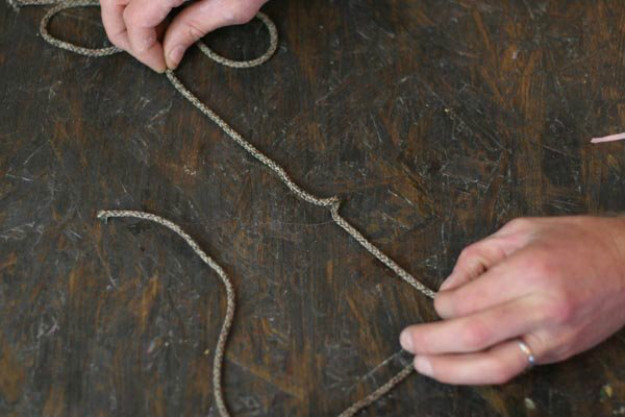
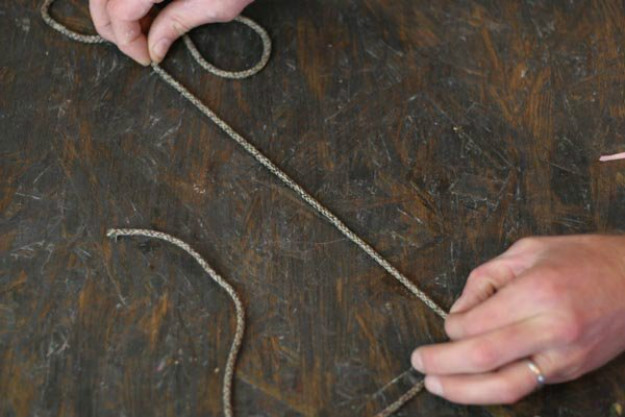
Give them a tug and the slippery hitch will come undone!
The Trucker's Hitch
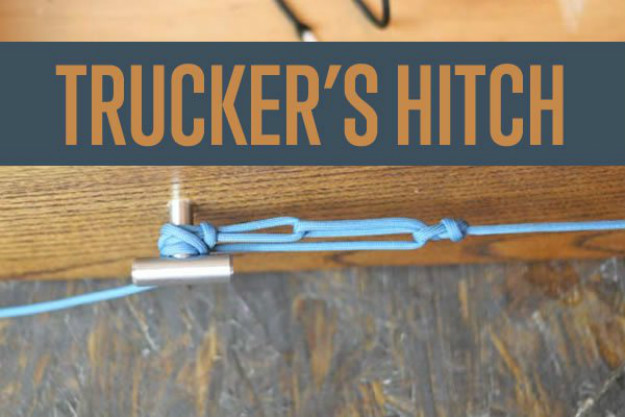
If there is one paracord hitch that you should know by heart, it's the trucker's hitch. It is useful when you need to secure something as tightly as possible. The most common use of trucker's hitch is fastening things on top of cars or on truck beds.
Step 1: Hitch one end of your paracord to a point
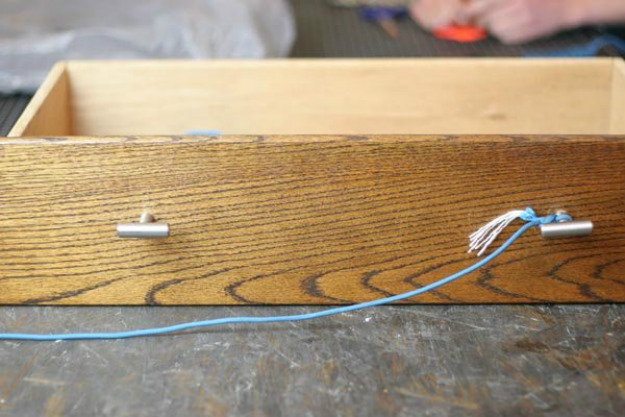
Use this opportunity to practice the awesome paracord hitches we talked about earlier! It doesn't matter how you affix this end, as the trucker's hitch will evolve from this fixed point.
Step 2: Make a loop in the line outside your initial tie-down point
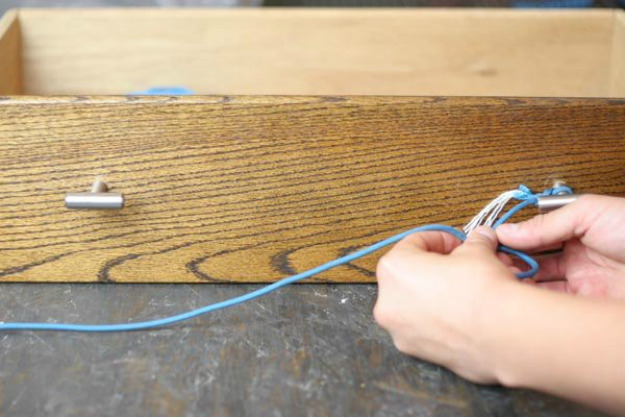
Step 3: Twist the loop three to four times
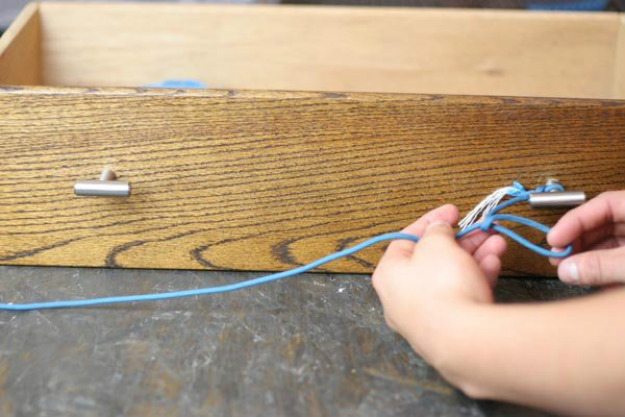
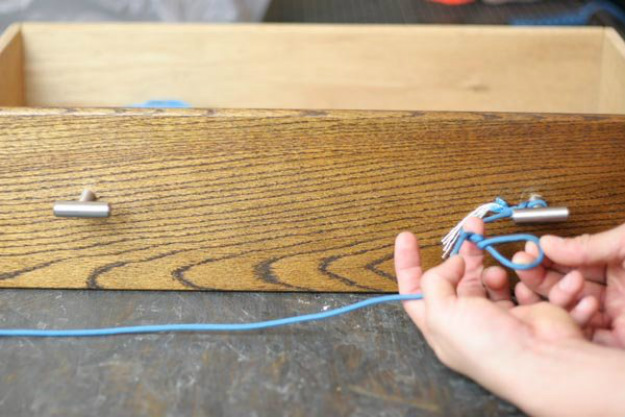
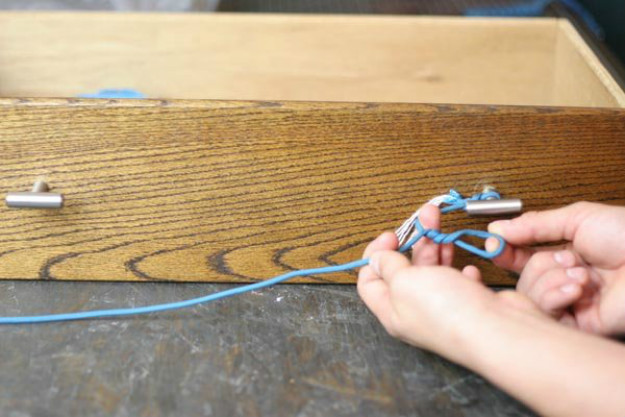
Tie your paracord the same way as above.
Step 4: Make a Slippery Hitch
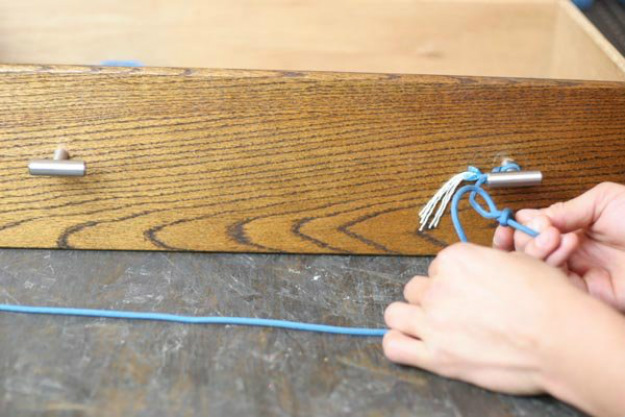
Take the free end of your line and feed a bite of it through your twisted loop.
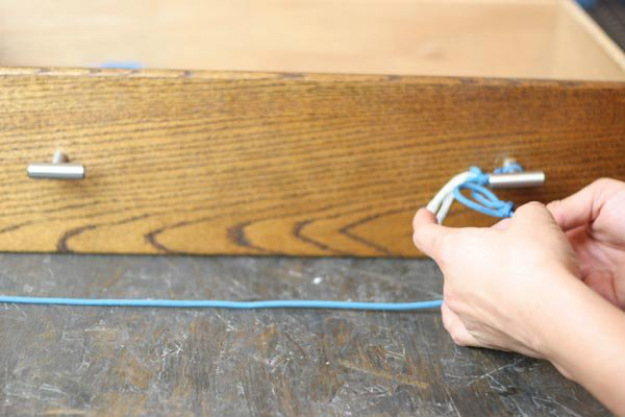
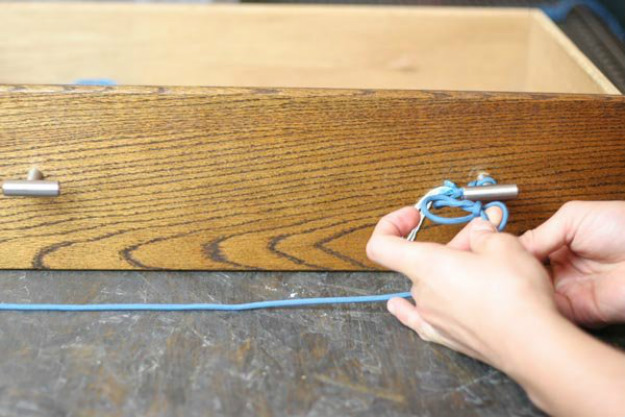
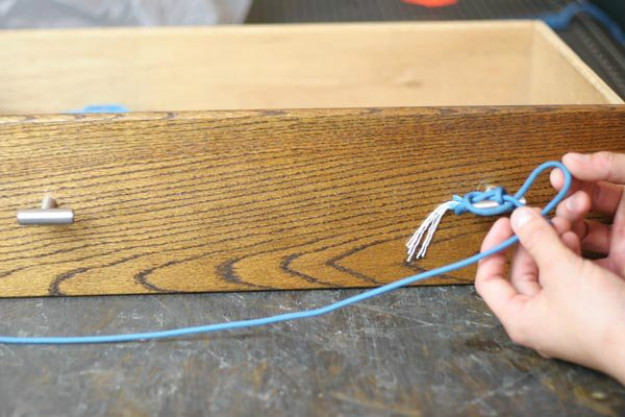
Pull the bite through, just like you did with your slippery hitch.
Step 5: Tighten up the Slippery Hitch
And you're done with the trucker's hitch!
Related: 80 Uses for Paracord That Will Surprise You
Paracord Knots for Beginners
Are you still training to be a self-reliance connoisseur? Then you should also learn the four basic maritime knots:
- Figure-Eight Knot — this is a type of stopper knot. It prevents ropes from running out of retaining devices
- Bowline Knot — this is a type of knot that is easy to tie and untie. You will have no problem untying this knot even after subjecting it to a load
- Clove Hitch Knot — also known as double hitch, its most effective use is being a crossing knot
- Reef Knot — you can use this paracord knot to secure objects
To learn more about these five survival paracord knots, check out this article.
Read Also: 36 Awesome Paracord Projects For Preppers
Interested to learn other cool paracord knots and weaves? Check out this video from WhyKnot:
A survivalist's life is not complete without these essential paracord knots and hitches. Go over each step as many times as you need to so you can ensure that you master each one. These tricks will come in handy not only during emergencies, but also in your day-to-day life. Always be a proactive prepper!
Have you encountered a situation that called for any of these paracord knots and hitches? Share your experiences with us in the comments section below!
Up Next: 40 Essential Knots Every Survivalist Needs To Know In The Outdoors
Editor’s Note: This post was originally published on May 19, 2014, and has been updated for quality and relevancy.
This Article Was First Found at survivallife.com Read The Original Article HereSee More Here: Paracord Knots and Hitches | How To Make Paracord Hitches

No comments:
Post a Comment